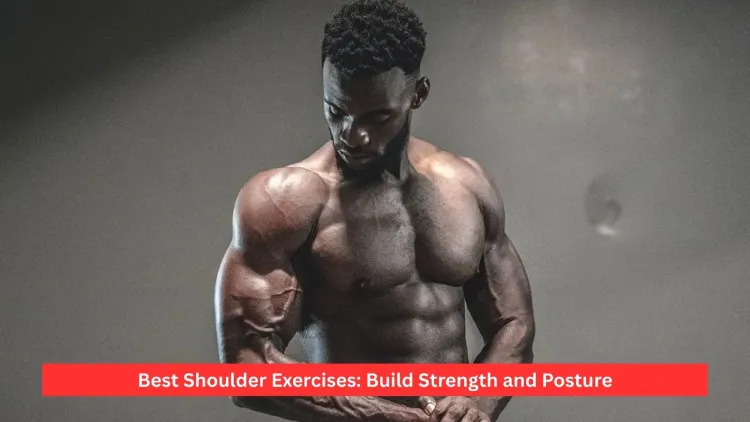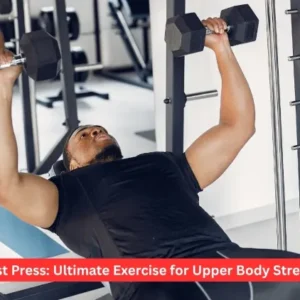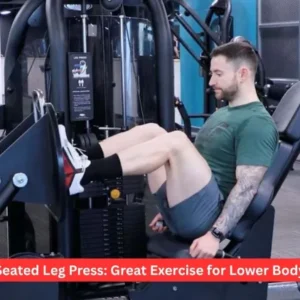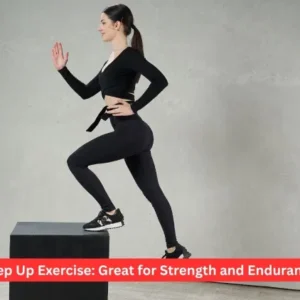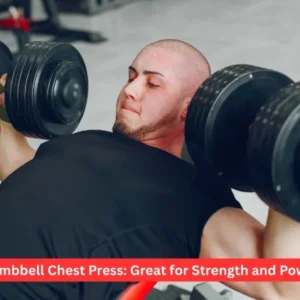Good, beautiful shoulders make a good upper body. It has a complicated shoulder joint which consists of three heads initially (front, side and back deltoids and stabilising muscles such as the rotator cuff and traps. By training all these areas using the best shoulder exercises, the growth is balanced, posture is improved, and the chances of an injury are minimised. Josephine, whether you are a beginner or advanced in lifting, knowing how to construct your shoulders is likely to change your body shape.
Why Shoulder Training Matters
There is much more to a good shoulder exercise than size. It helps in increasing the pushing power in the chest press, it also helps in stabilising the bar when doing squats, and even makes an individual look better, even when he is wearing clothes or not.
The development of the shoulder muscles in a balanced manner helps to avoid slouching as well as to protect the shoulder joint against overuse injuries, and it is easier to carry out daily tasks, such as lifting overhead or heavy objects. Since the deltoids are small but very active, they heal faster than the bigger muscles, but still require sufficient days to grow. The best shoulder exercises, with training twice a week, are usually the quickest to achieve improvement.
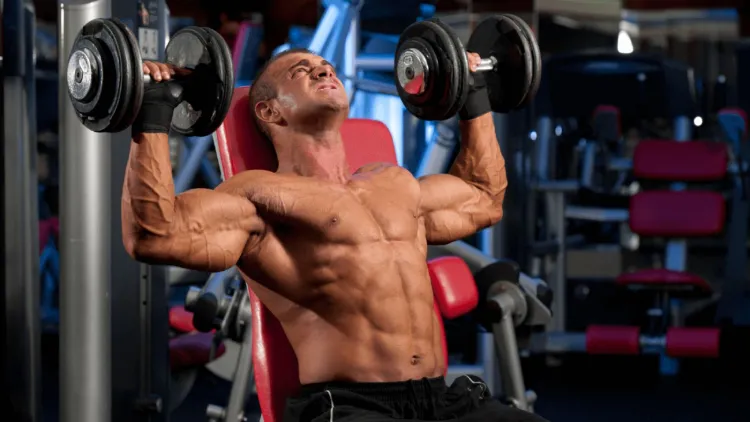
1. Overhead Press (Dumbbell or Barbell)
Primary Muscles Worked: anterior and lateral deltoids, triceps.
The overhead press is regarded as one of the best exercises in terms of developing mass and strength of the shoulders. Doing it standing will enable your stabilisers and core to work out to their maximum capacity, providing you with a lift that can be across to other exercises. It will aid in achieving that broad-shouldered appearance as well, since it will be working on the side delts as well as the front delts. Entry-level lifters can use dumbbells, which allow a more comfortable motion, whereas more advanced athletes might opt to use the barbell form of this type of motion because the load is heavier.
How to Do It:
- Keep your feet at a shoulder distance and maintain your body.
- Grasp the barbell or dumbbells horizontally, with palm forwards.
- Walk on straight up until the arms are locked overhead.
- Lift them down gradually and maintain tension in the delts.
Tip: For stimulation of the muscles and not overload of the rotator cuff, moderate weight and strict form are recommended.
2. Arnold Press
Muscles Stretched: The three heads of the deltoids.
Introduced by Arnold legend Mark Swarzenegger, the Arnold press combines rotation with the classic press, thereby making contact with all regions of the shoulders in a single motion. It is also among the best shoulder workouts to gain remuquelle desirable 3D appearance as it moves up the delto frontiers to lateral and even back in the rotation. This enables it to be good in the construction area, size and shape of the structure, as well as retaining your joints as mobile.
How to Do It:
- With dumbbells, which are at the same level as the chest, have the palms facing out.
- Turn those wrists out, prodding above.
- Lower-under control, back to the initial position with palms inverted.
This exercise is also best because it involves all three heads, such that when you want to have curtailed movements, you can also do this form of exercise also yet achieve full development.
3. Lateral Raises
Body Parts: Lateral deltoids.
Lateral raises are a must if you want to bring about the enlargement of the shoulders and have a dramatic profile. They single out the side delts that are the key to being able to fatten your shoulders. Lots of lifters are discovered to do them with a lighter weight and more reps (12- 20), which gives the best pump and shape.
How to Do It:
- Grasp the dumbbells and hold them at the sides with both palms inward.
- Bending the elbows slightly, lift your arms to shoulder height.
- Gradually reduce tension by lowering.
Tip: Take a moment of rest at the top to be more activated, and do not swing the weights.
4. Front Raises
Basic Muscles involved: Anterior deltoids.
Front raises focus on the front head of the deltoid, which plays an important part in pressing. They should also be particularly useful when you are aiming to and need to increase your bench press or overhead press strength. When you isolate the front delts, you are sure that all three heads will grow in contact.
How to Do It:
- Take a weight plate or dumbbell in your hands.
- Keep the raised arms straight in front of the chest, but with a slight bend at the elbows.
- Lower with control.
- To complicate it even further, use alternating arms or an EZ bar.
5. Rear Delt Fly (Dumbbell or machine)
Maintenance Muscles: Posterior deltoids.
The majority of lifters do not sufficiently train their rear delts and causing their shoulders to be rounded. One of the best exercises to address this is to have raises at the rear of the shoulders. They also enhance posture and pulling strength, which are necessary for shoulder health in the long term.
How to Do It:
- Fold at the hips with the use of dumbbells under you.
- When raising your elbows, carefully bend them and straighten them until they form the right angle with the ground.
- Under control- squeegee of the rear delts on the top.
When these are continually done, the shoulder cap is formed more completely and balanced.
6. Face Pulls
Main Muscles Exercised: rear delts, traps, and rotator cuff.
The faced pulls are probably the best of kin on the joint as well as on tight or so-erring shoulders and upper back. They enhance the health of the shoulders through the training of the external rotation, which is usually overlooked. This causes them to be among the most keenly exercised muscles of the shoulders in terms of prevention of injury and improvement of posture.
How to Do It:
- Wrap a cable machine on a rope at the level of the upper chest.
- Cross over to your face, elbows bulging out.
- Incidentally, squeeze your rear delts and traps at the top.
Pulls to the face are also one of the physical exercises that have been known to work miracles in alleviating the pain in the shoulders over the long run.
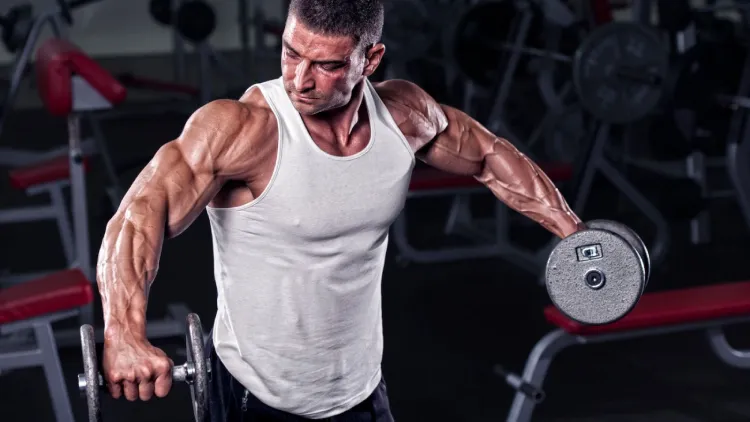
7. Upright Rows
Focal Muscles: Lateral delts, traps.
Upright rows develop the shoulder breadth and upper trap thickness, which improves the upper part of your torso. They have to be done with a medium grip to prevent over-internal rotation. The movement can also be used to enhance your pulling strength when performing other lifts.
How to Do It:
- Grasping a barbell or dumbbells with either a narrow to medium grip in front of our thighs.
- Hoist to the chest level and elbows at a higher position than the wrists.
- Lower slowly.
- The cables will provide a less jagged resistance curve.
8. Push Press
Main muscles involved: Deltoids, Triceps, and upper chest.
Below are the actions of the push press that features a tiny leg push, along with a firm overhead press that enables you to pull the heaviest weights. This brings about increased load and recruitment of muscles, possible to increase the process of the shoulder. It is also popular with athletes, as it imitates such sporting activities as explosive movements.
How to Do It:
- Bend slightly with your knees with the bar pressed on your shoulders.
- Push up violently, pushing the load over your head.
- Lower slowly and repeat.
It can be done in a full-body motion, making it one of the best shoulder exercises to help build strength within the body in a short time.
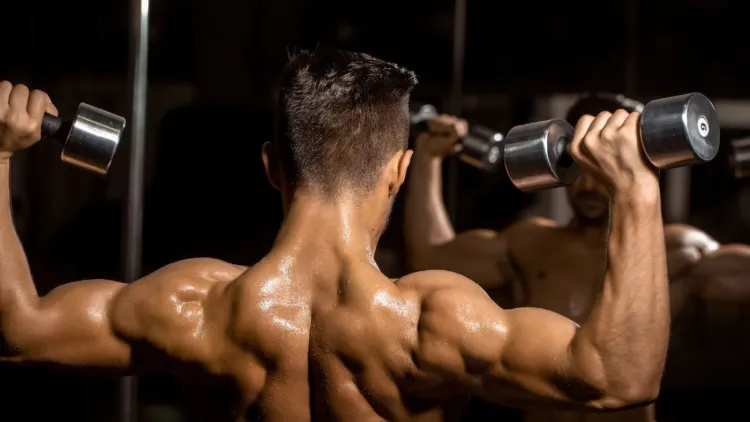
Programming Tips for Shoulder Workouts
- Hitting All Three Heads: During one of the workouts, perform at least one push (front/lateral focus), one lateral raise and one move on the rear-delt.
- Sets and Reps: 3-4 sets of 8 -12 reps hypertrophy; 4-6 pure strength 4-6 reps.
- Rest Days: Shoulders regain themselves fairly fast, though they require 48 hours before they can bear the burden of heavy work again.
- Progressive Overload: Add incrementally to weight, reps, and time under tension.
- 3D Shoulders: Be diversified in the use of angles and tempos to work the delts on all sides.
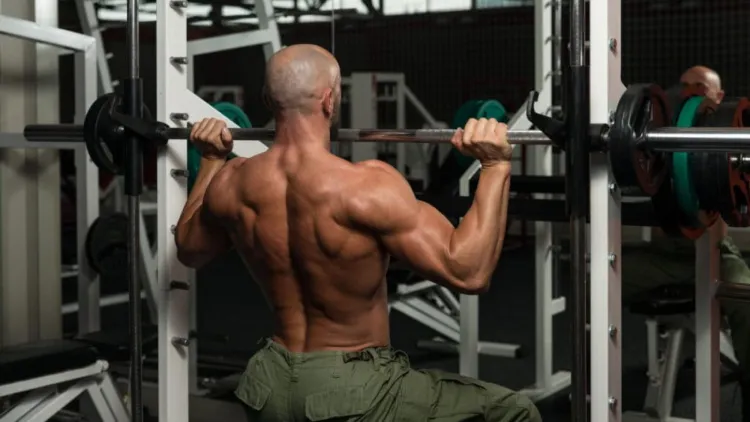
Sample Shoulder Workout
| Exercise | Sets | Reps |
| Overhead Press | 4 | 8–10 |
| Lateral Raises | 3 | 12–15 |
| Rear Delt Fly | 3 | 12–15 |
| Face Pulls | 3 | 12–15 |
| Arnold Press | 3 | 8–10 |
This template attacks all three heads of the deltoid, enhances the strength of pressing and equalises the shoulder girdle. Exercises can be swapped in the case of equipment availability.
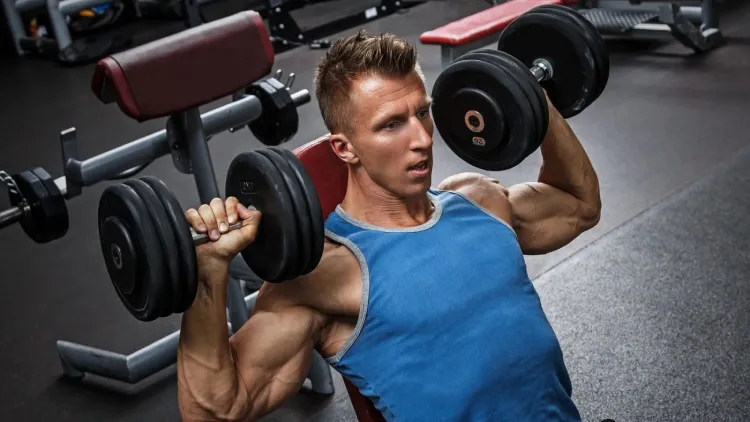
Final Thoughts
The fastest method that can make you develop strong, broad and healthy shoulders is by incorporating the best shoulder exercises in your practice. Training the three deltoid heads using presses, rais, and neck-focused exercises will give the appearance of a 3D and will enhance the strength of the upper part of the body and also decrease chances of getting injured.
Shoulders are a difficult muscle to develop since they have several other exercises that they are utowith, however, with practice, adequate rest, and pressure, they will produce an effect. In the long run, your shoulders will be a defining characteristic of your body, enhancing your posture, self-confidence, and overall beauty.
Frequently Asked Questions
1. What is the number of best shoulder exercises in one workout?
Three to four well-selected shoulder exercises per session are seen to provide great results by most people. An example of a healthy exercise mix includes: a good pressing movement (i.e. pushing- doing it over your head), a lateral raise and one rear delt movement. This makes the development of the three heads of the deltoid grow that way.
2. What should be the frequency of training the shoulders?
Shoulders should be trained twice a week, as deltoids do not take long to rest in comparison with other bigger muscles. Ensure that at least 48 hours should elapse between heavy shoulder movements so as to enhance the maximum growth through rest.
3. What exercise is best for developing shoulder size?
The reason why the overhead press is considered to be the best exercise to increase the whole shoulder mass and strength is that an overhand press not only provides the body with an effective workout but also helps maintain and build equally good strength. Coupled with isolating exercises such as lateral raises and rear delt flys, it results in complete and entirely round shoulders with time.
4. Do push-ups contribute to the development of my shoulders?
Yes. Push-ups work mostly on the chest and the triceps, although the anterior (back) delts are also well worked. A good compromise is that they will not completely substitute the very best shoulder exercises, but push-ups can be an excellent added benefit to one who is looking to develop stamina and basic strength in the shoulders.

